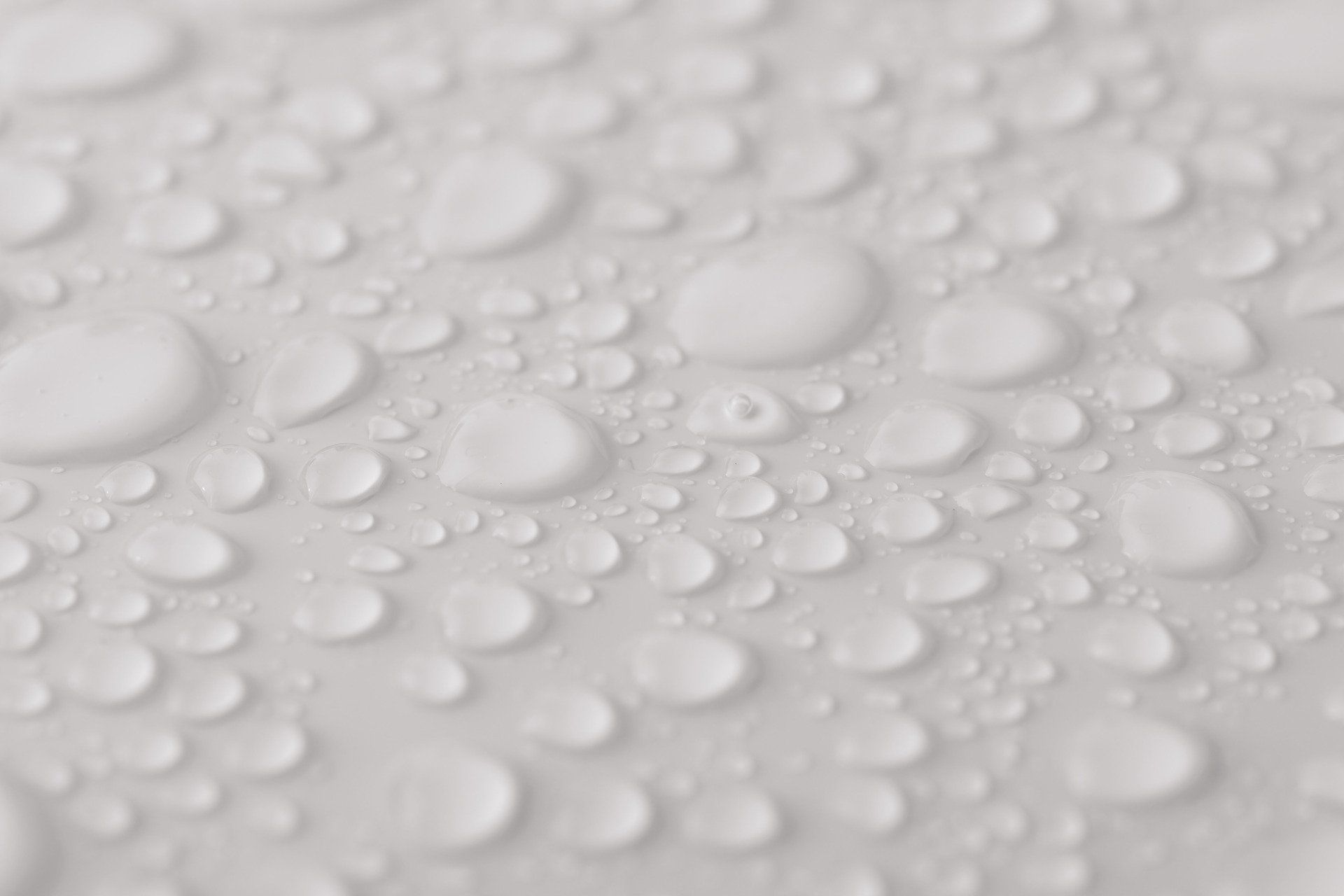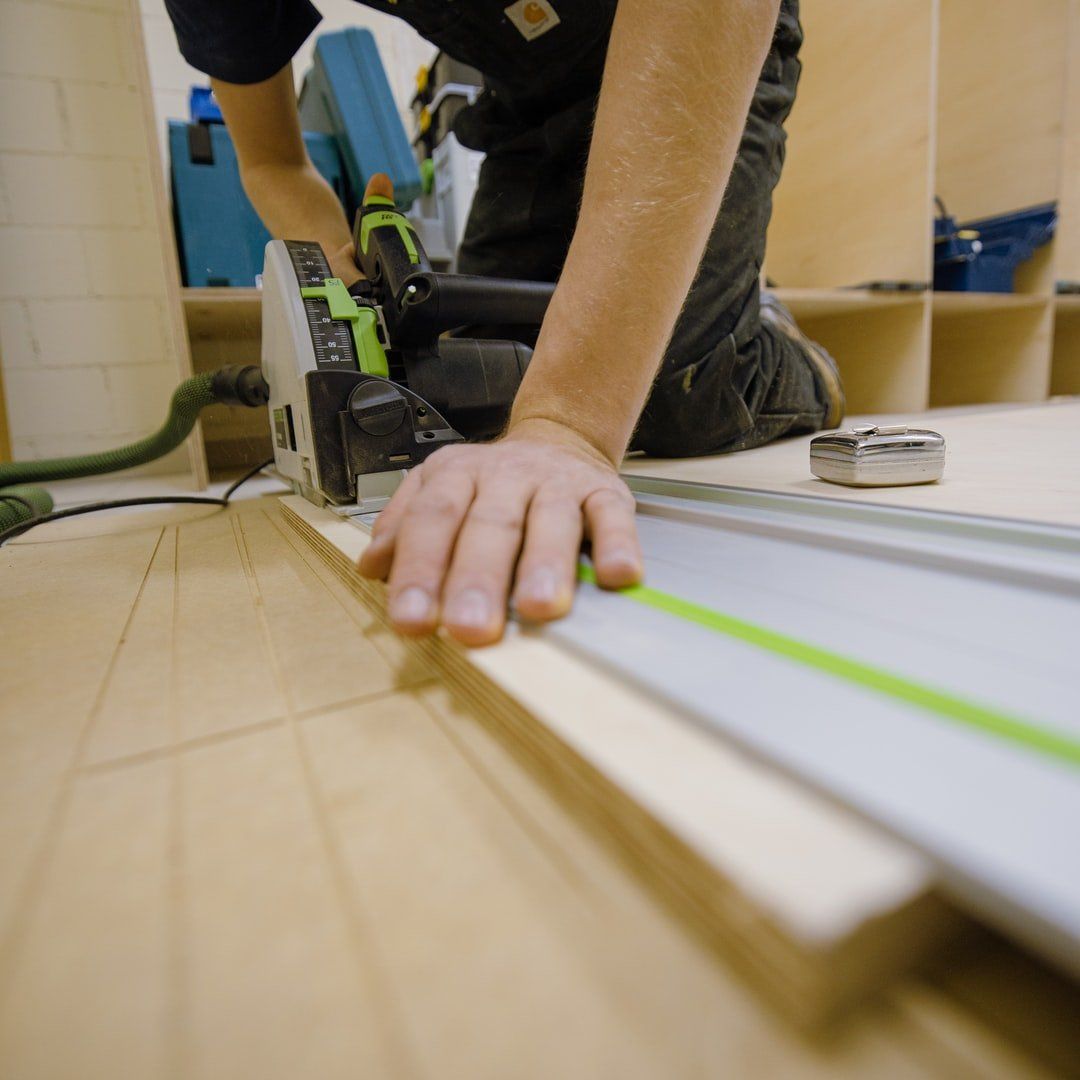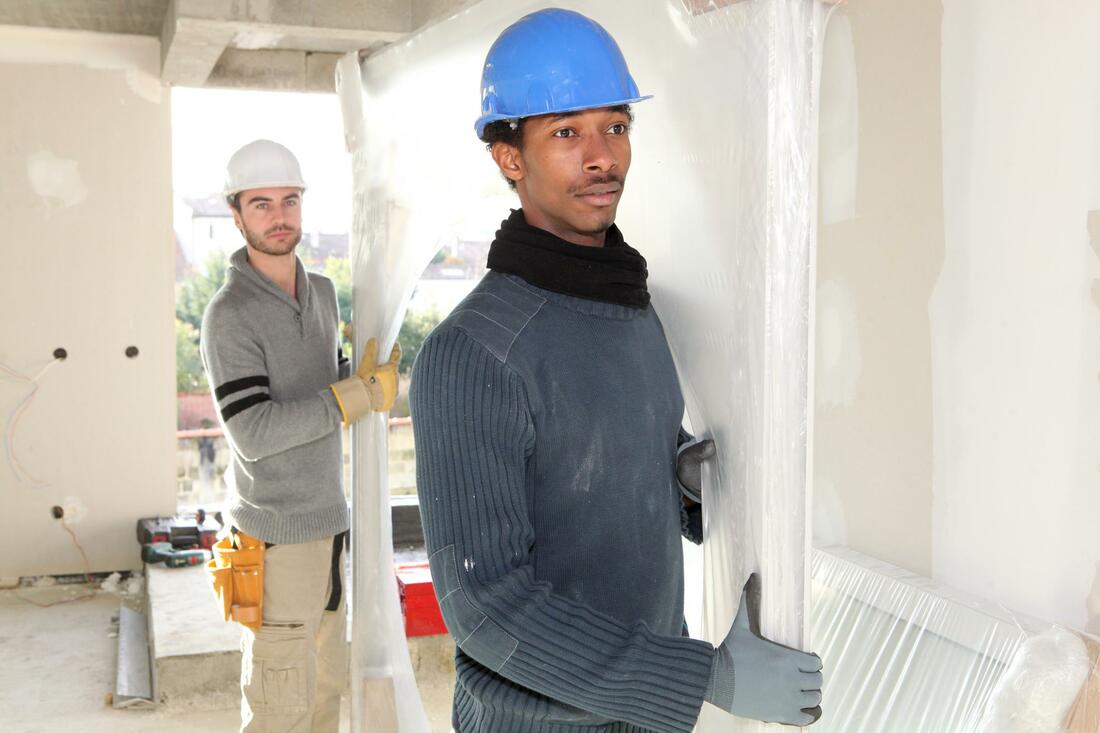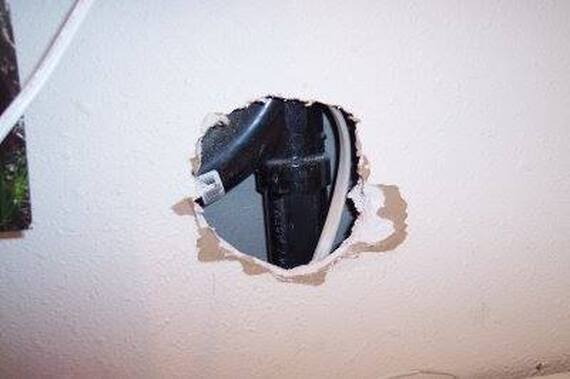DIY Roof Leak Repair: A Comprehensive Guide
Mastering DIY Roof Leak Repair: Your Essential Guide to Home Fixes
Roof leaks can be a homeowner's nightmare, causing significant damage to your home's interior and structure. While professional roof leak repair services are always a safe bet, DIY enthusiasts often take pride in handling such repairs themselves.
Here we will guide you through the process of DIY roof leak repair, comparing it with professional services, and incorporating various types of roofs such as metal, shingle, and tile. You should never
ignore a leak for long or it will cause a huge dent iny our pocket later on.

Identifying the Leak
The first step in any home roof leak repair is identifying the source. This can be tricky, as water often travels from the point of entry. Look for stains, mold, or water damage on your ceilings or walls. Once you locate the leak, assess the roof type – be it metal, shingle, or tile, as the repair approach varies.
DIY Repair for Different Roof Types
Metal Roof Leak Repair
Metal roofs are durable, but they can still develop leaks, especially at seams or where the roof meets a wall or chimney. To repair a metal roof leak, clean the area thoroughly and apply a metal roof sealant. For larger gaps, you might need to replace the damaged metal panel.
Shingle Roof Leak Repair
Shingle roofs are the most common in residential areas. The repair involves locating damaged or missing shingles. Lift the damaged shingle, apply roofing cement, and then replace or reposition the shingle. It's crucial to be gentle to avoid damaging surrounding shingles.
Tile Roof Leak Repair
Tile roofs add aesthetic beauty but can be challenging to repair. The key is to locate the cracked or broken tile. Gently remove it without disturbing the surrounding tiles and replace it with a new one. Ensure the replacement tile matches the existing ones to maintain your roof's integrity.
Emergency Roof Leak Repair
In situations where immediate repair is necessary, such as during a storm, temporary solutions can be helpful. Using roofing tape or a tarp can prevent further water intrusion until a permanent repair is made. However, for emergency roof leak repair, it's often safer to call a professional, especially in adverse weather conditions.
Pros and Cons of DIY vs. Professional Repair
DIY Roof Leak Repair
Pros:
Cost-effective: DIY repairs usually cost less than hiring a roof leak repair company.
Satisfaction: Completing a repair yourself can be gratifying.
Immediate action: You can address the issue as soon as you detect it, without waiting for a service provider.
Cons:
Safety risks: Roof work can be dangerous, especially for those inexperienced.
Potential for errors: Without proper knowledge, DIY repairs can lead to more significant issues.
Time-consuming: DIY repairs require time, which might be a constraint for many homeowners.
Professional Roof Leak Repair Services
Pros:
Expertise: Professionals have the necessary skills and experience.
Safety: Professionals are trained to work safely on roofs.
Warranty: Most roof leak repair services come with a warranty for the work done.
Cons:
Cost:
Professional services can be more expensive than DIY.
Availability: You might have to wait for the service, especially during peak seasons.
Conclusion
DIY roof leak repair can be a feasible option for those who are handy and confident in their abilities. However, it's crucial to assess the risks and understand that some situations, like emergency roof leak repairs, are better left to professionals. Whether you choose to tackle a metal, shingle, or tile roof leak repair, remember safety comes first.
For those unsure about taking on such a task, contacting a reputable roof leak repair company is always the best decision. Ultimately, the goal is to ensure your home stays safe and dry, whether through DIY efforts or professional intervention.



